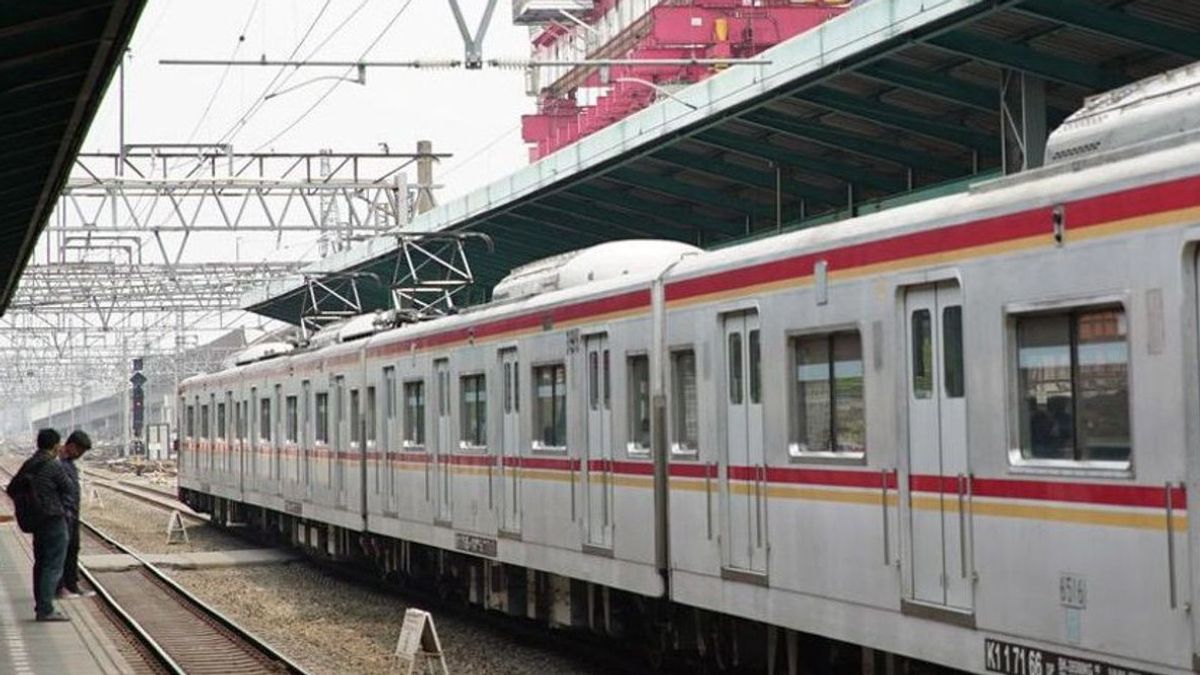JAKARTA - PT Kereta Api Indonesia (Persero) or KAI stated that the passenger volume of the electric train (KRL) until the beginning of 2021 has decreased. The decline was due to the impact of the COVID-19 pandemic and also restrictions on activities carried out to avoid transmission of the virus. Especially in public transportation.
President Director of KAI, Didiek Prasetyo, said that the decrease in passenger volume reached 60 percent to 70 percent. The decline occurred at a very significant time when the government adopted a large-scale social restriction (PSBB) policy.
As for the details, during the strict PSBB period, namely in early April, the reduction in passenger volume occurred very significantly. Meanwhile, from May to June, KAI noted the passenger volume was only 200 to 400 thousand.
According to Didiek, this was because the PSBB policy made trains only allowed to be filled with a capacity of 35 to 40 percent of normal conditions. In fact, before the COVID-19 pandemic in the January to early March period, the volume of KRL passengers was recorded at 1 million to 1.1 million.
Then, when the transitional PSBB took effect, from June 8 to September 13, KAI also noted that the average passenger volume was only 200 to 400 thousand per month.
"Currently, it has decreased slightly but it is still in the range of 300 thousand to 400 thousand in early 2021," he said in a webinar entitled 'The Coming of KRL Yogya-Solo', Tuesday, January 19.
Not only happened in Jabodetabek, Didiek said the decrease in passenger volume also occurred on the Prambanan Ekspres (Prameks) Train heading for Yogyakarta-Solo.
Didiek said, in January 2020 or before the pandemic hit, KCI transported 315,484 passengers. Then, there was a decrease at the beginning of the pandemic, namely in March 2020 to 202,910.
Then, when the study and work from home policy was implemented, his party recorded a sharp decline to only 33,168 passengers. At its lowest point in May, KCI was only able to sell 22,549 tickets.
Currently, Didiek admits, the KCI situation has gradually recovered, but the numbers are still far from normal. For example, in June-September 2020, there are only 54 thousand to almost 120 thousand passengers per month.
Meanwhile, at the end of the year, namely the October-December period, occupancy was only about 40 percent of normal, namely 140 thousand passengers per month for the three months. In fact, in normal conditions Prameks can transport 5 million people in one year.
The English, Chinese, Japanese, Arabic, and French versions are automatically generated by the AI. So there may still be inaccuracies in translating, please always see Indonesian as our main language. (system supported by DigitalSiber.id)













